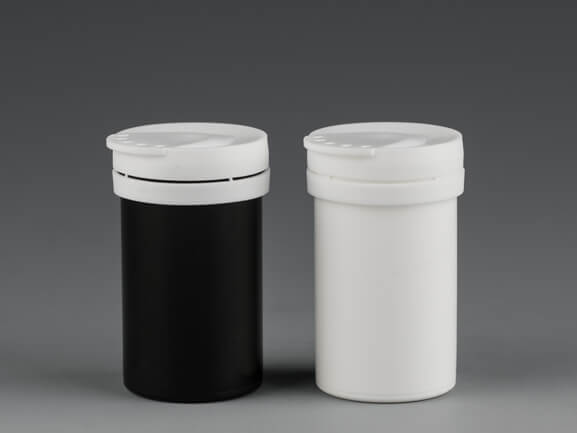When used correctly, blood glucose monitors-small devices that measure and display your blood sugar level-are usually accurate. But occasionally they may be incorrect.
Consider these factors that affect meter accuracy and the steps to resolve or prevent the problem:

1.Test strip problems.Throw out damaged or outdated test strips. Store strips in their glucose test strip container; keep them away from heat, moisture and humidity. Be sure the strips are meant for your specific glucose meter.
2.Extreme temperatures. Keep your glucose meter and test strips at room temperature.
3.Alcohol, dirt or other substances on your skin. Wash and dry your hands and the testing site thoroughly before pricking your skin.
4.Improper coding. Some meters must be coded to each container of test strips. Be sure the code number in the device matches the code number on the test strip container.
5.Monitor problems. Fully insert the test strip into the monitor. Replace the monitor batteries as needed.
6.Not enough blood applied to the test strip. Touch a generous drop of blood to the test strip. Don't add more blood to the test strip after the first drop is applied.
7.Testing site location. If you're using a site other than your fingertip and you think the reading is wrong, test again using blood from a fingertip. Blood samples from alternate sites aren't as accurate as fingertip samples when your blood sugar level is rising or falling quickly.
8.The amount of red blood cells in your blood. If you are dehydrated or your red blood cell count is low (anemia), your test results may be less accurate.
Copyright © Shijiazhuang Xinfuda Medical Packaging Co., Ltd. All Rights
MAKE AN ENQUIRY